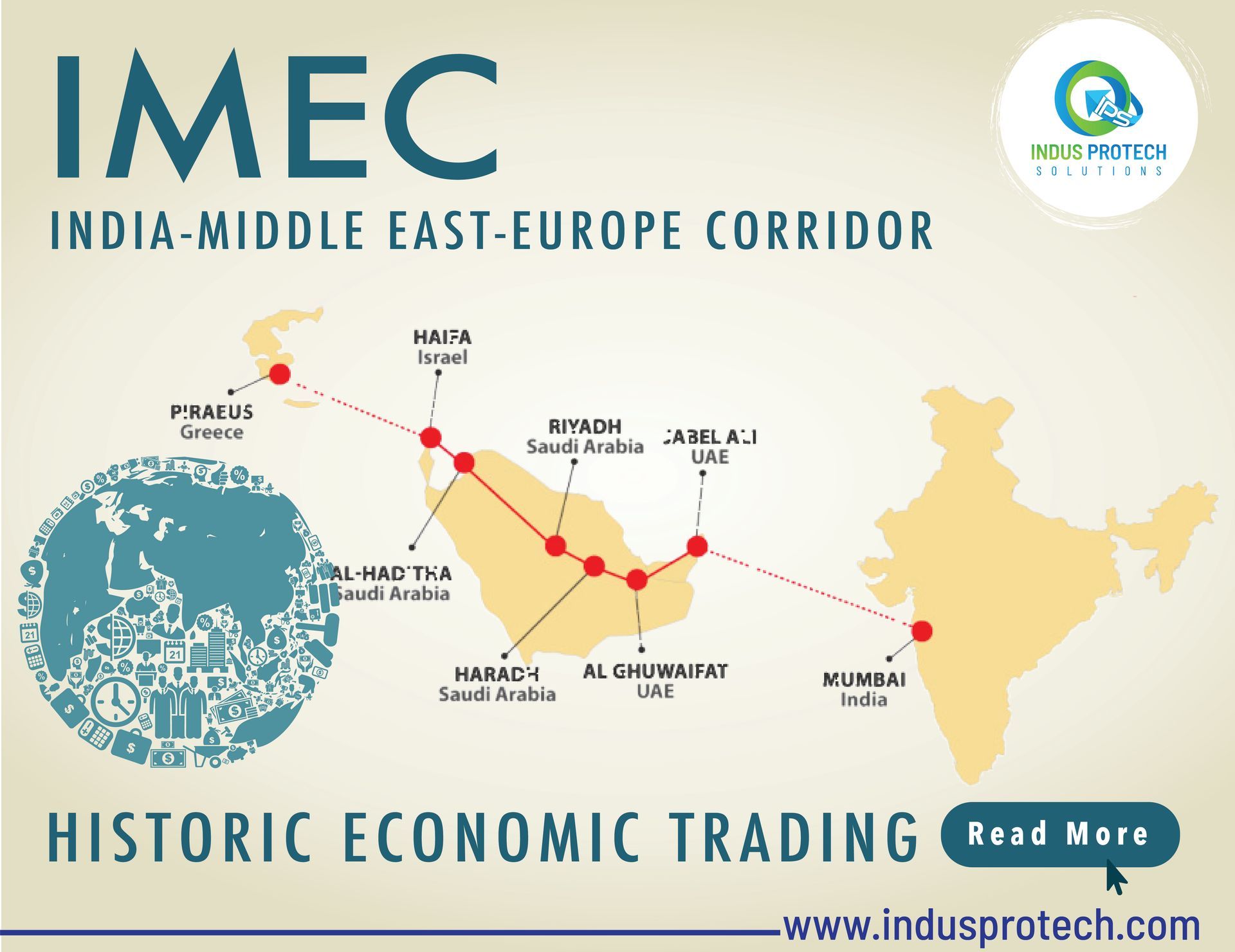For Enqiury Please E-Mail to info@indusprotech.com. Reach us at +91 44-22 511 522
For Enqiury Please E-Mail to info@indusprotech.com Reach us at +91 9360558441
Current Trends in the Semiconductor Industry In India

Semiconductors are minuscule but potent components and these chips are considered to be the beating heart of modern technology, powering almost everything from your calculators to smartphones to self-driving cars. Semiconductors are the driving force that keeps our gadgets going on and on. The semiconductor industry is constantly evolving and pushing boundaries, and we're about to take a front-row seat to see what's next. Let's buckle up and get ready to explore what’s currently trending in the semiconductor industry.
Being one of the fastest-growing economies in the world, India is rapidly becoming a major player in the global semiconductor market. With a young and tech-savvy population, India has all the right ingredients to drive explosive growth in this industry.
By 2026, the Indian semiconductor market is expected to reach US$55 billion, with the smartphone and wearables, automotive components, and computer and data storage industries accounting for more than 60% of the market's growth.
In this blog, we'll explore some of the trends and growth drivers that are propelling the Indian semiconductor industry to new heights.

IoT
One of the biggest trends driving growth in the Indian semiconductor industry is the increasing demand for connected devices and the Internet of Things (IoT). With more and more devices becoming connected to the internet, from smart homes to wearable technology, the demand for semiconductors is increasing rapidly. This trend is expected to continue as the world becomes increasingly connected and reliant on technology.
Huge Market Demand
The Indian semiconductor industry is constantly growing since there is a huge demand for mobile devices. India is one of the largest markets for smartphones in the world, with millions of people accessing the internet through their mobile devices. This has led to a surge in demand for semiconductors used in mobile devices, such as memory chips and processors.
By the middle of the 2030s, KPMG projects that annual automotive semiconductor revenue will surpass $200 billion and approach $200 billion.
According to a report by the Indian Electronic and Semiconductors Association (IESA), the global market for semiconductors was valued at $27.2 billion in 2021 and is projected to expand at a robust CAGR of 16% from 2019 to 2026 to reach $64 billion.
Cloud Computing
The rise of cloud computing is also having a significant impact on the Indian semiconductor industry. With more and more companies adopting cloud-based solutions for their business operations, the demand for server chips and data centre infrastructure is increasing rapidly. This presents a huge opportunity for semiconductor companies that specialise in these areas.
Artificial Intelligence
Artificial intelligence (AI) is driving growth in the Indian semiconductor industry. AI is increasingly being used in a wide range of applications, from speech recognition to image processing. This requires specialised semiconductors such as graphics processing units (GPUs) and neural network processors (NNPs), which are becoming increasingly important in the industry.
Environmental Impact
The Indian semiconductor industry is increasing its focus on sustainability and energy efficiency. As the world becomes more aware of the impact of technology on the environment, there is a growing demand for semiconductors that are energy-efficient and environmentally friendly.
This is driving innovation in the industry, with companies developing new materials and processes to reduce the environmental impact of their products.
References

E-Subscribe to Newsletter content
We will get back to you as soon as possible.
Please try again later.










